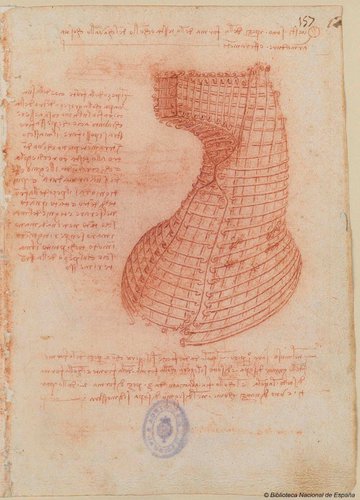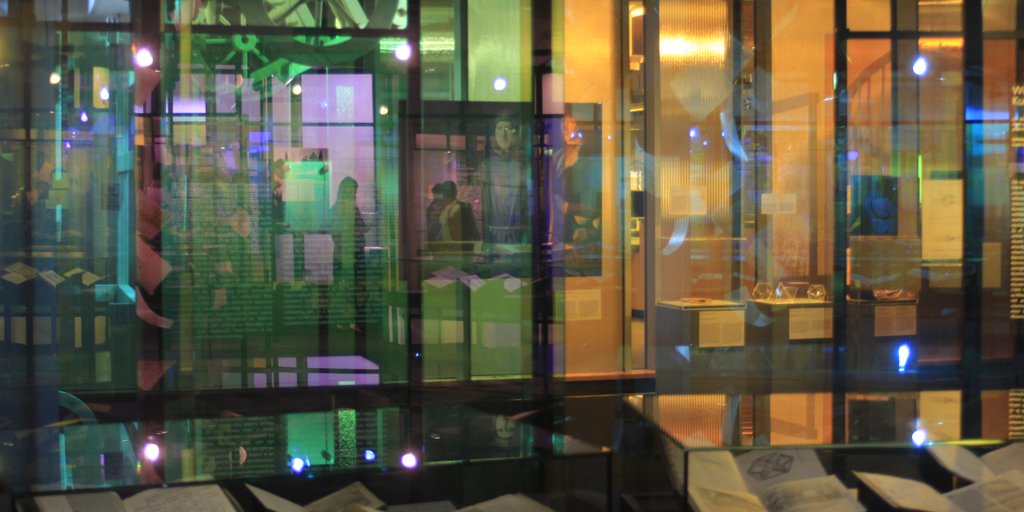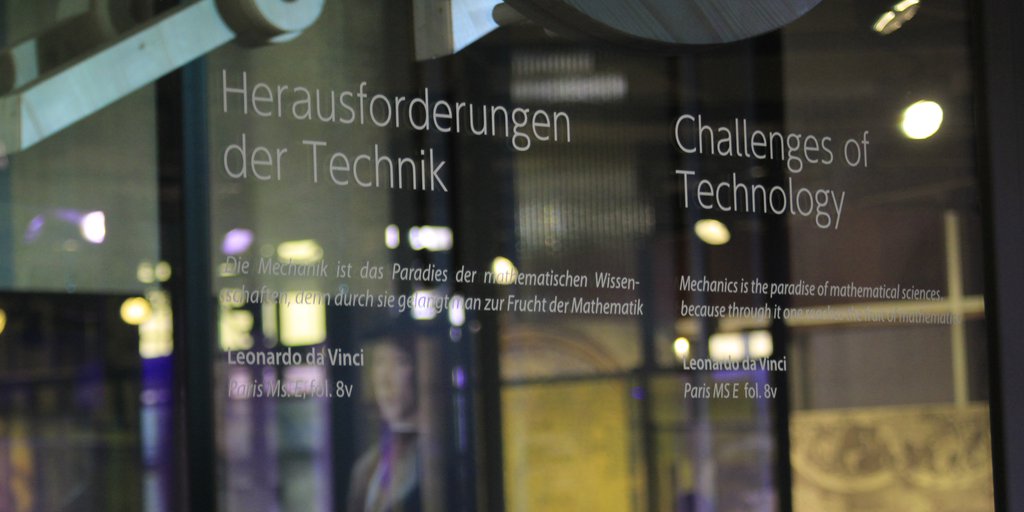
Challenges of Technology <
Mechanics is the paradise of mathematical sciences,
because through it one reaches the fruit of mathematics
Leonardo da Vinci
Paris MS E, fol. 8v. Translation: Elizabeth Hughes
Leonardo was able to develop his technical understanding and knowledge from an early age as an apprentice in the workshop of the gifted painter, sculptor, and goldsmith Andrea del Verrocchio, an expert in various artistic techniques and materials. Leonardo admired the machines that Filippo Brunelleschi had developed for the construction of the dome of the Florence Cathedral. (The copper sphere of the dome lantern that Leonardo later referred to in his writings was made in the Verrocchio workshop.) When Leonardo moved to Milan in 1482, where he had successfully applied for a permanent position at the Sforza court, primarily as a military engineer, he deepened his technical knowledge in many areas. An ambitious autodidact, he studied contemporary specialist technical literature and became a prototype of the artist-engineer. Two predecessors who particularly impressed him were Mariano di Jacopo Taccola (1382–1458) and Francesco di Giorgio Martini (1439–1501), both from Siena. The latter, like Leonardo, was a versatile artist-engineer in court service. Leonardo’s technical interests were fundamentally influenced by the extensive writings of Roberto Valturio (1405–1475), which belonged to his library. Leonardo’s wide-ranging interests, his love of experimentation, and his power of imagination, but not least his outstanding skills as a draftsman, soon enabled him to surpass his role models and opened up previously unknown possibilities in the visualization of technical relationships.
The technology argument <
 | 68.
Model for the cast of the Sforza horse 1491 |

Leonard spent more than 16 years creating the bronze equestrian monument to Francesco Sforza. Aside from the ambitious artistic design, he concentrated most of his efforts on the technical implementation of the elaborate casting process, which was not without risk. It involved the construction of smelters and a conduit system for 70 metric tons of liquid metal, as well as machines to haul up the nine-meter-high casting mold that had been partly buried in the ground. The drawing shows the outer coat (cappa) around the central cast core with the specially developed corset-like metal bindings. The technical similarity of this process to cannon casting eventually proved disastrous for the project: after the French invasion the bronze was used for artillery production, while French archers used Leonardo’s colossal clay model of the horse as a shooting target.
References
Bernardoni, Andrea. 2006. “Il monumento equestre a Francesco Sforza. Proporzioni, anatomia, e tecniche fusorie.” In La mente di Leonardo. Nel laboratorio del Genio Universale. Exhibition catalogue Galleria degli Uffizi, Florence, 28.3.2006–7.1.2007, edited by Paolo Galluzzi. Florence: Giunti, 202–231.
Idem. 2007. Leonardo e il monumento equestre a Francesco Sforza. Storia di un’opera mai realizzata. Vol. 1. Collana di studi vinciani. Florence: Giunti.
Clayton, Martin. 2019. Leonardo da Vinci. A Life in Drawing. 200 Works from the Royal Collection. Exhibition catalogue, The Queen’s Gallery, London, 24.5.–13.10.2019, The Queen’s Gallery, Palace of Holyroodhouse, Edinburgh, 22.11.2019–15.2.2020. London: Royal Collection Trust, 69–76.









